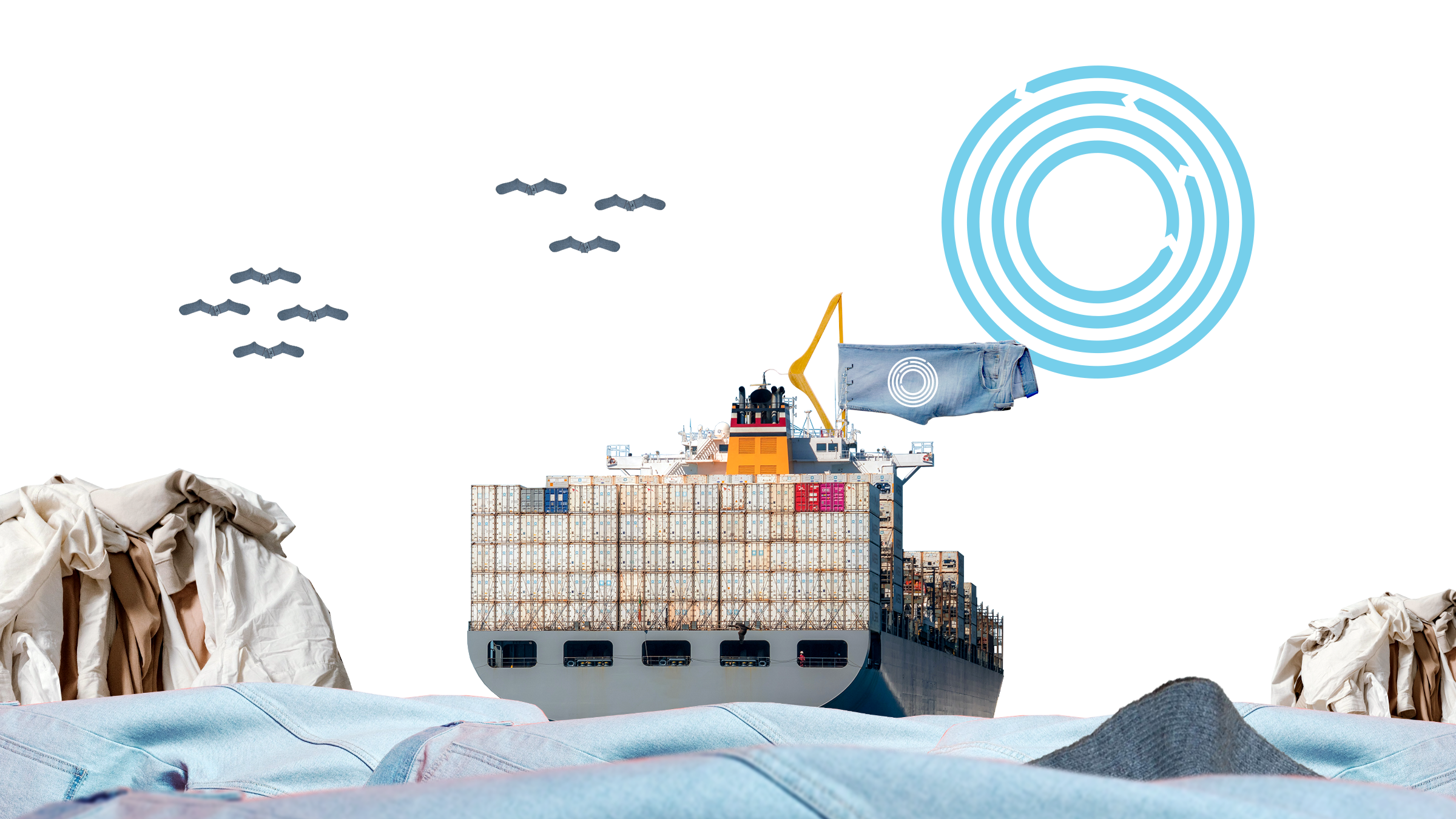The textiles and apparel industry has a high environmental footprint, and the current production and distribution system is almost completely linear. Fast fashion – characterised by short clothing lifespans and huge volumes – has become the norm over the last couple of decades. And the situation is not expected to get much better: textile production and consumption are expected to triple by 2050.
The need for change is acute and increasingly acknowledged by both consumers and regulators.
The circular economy The circular economy An economic model which does not focus on producing more and more goods, but in which consumption is based on using services – sharing, renting and recycling – instead of owning. Materials are not destroyed in the end, but are used to make new products over and over again. Open term page The circular economy can open up entirely new opportunities in the textiles sector, ranging from the design and production of long-lasting, repairable clothes to new service models such as clothing rental.
Value chains in the textiles sector are notably international. The EU and other developed countries are major consumers and importers, while a significant part of the large-scale production takes place in developing countries. In fact, the EU imports just over half its textiles and apparel.
Sitra’s new study “Circular innovation and ecodesign in the textiles sector”, written by Colette van der Ven, a trade lawyer and sustainability specialist, looks into the specific and practical details of how circularity could be implemented in the textiles sector under current trade regimes, drawing on three different case studies: Bangladesh, Sri Lanka and Vietnam.
The study reveals that the successful uptake of new circularity requirements in producer countries will be key to ensuring both global and local environmental benefits as well as opening up valuable new markets and creating jobs. This will not happen by default, however, but requires strategic planning and policy coherence.
New business opportunities abound for developing and developed countries alike
The EU is a pioneer when it comes to circular regulation. Under its Circular Economy Action Plan (CEAP), circular products – including textiles – are set to become the norm on the European market, something that will have a bearing on all international markets. While the process is still at an early stage, the time is right for stakeholders to become involved.
“Trade arrangements with the EU could be leveraged to support the transition, offering producer countries targeted technical support and investment while minimising the risk of new trade barriers. Producer-country governments, as well as the private sector, will also play key roles,” says Malena Sell-Myllyoja, senior specialist at the Finnish Innovation Fund Sitra.
Exciting technological innovations, some of which can be found on Sitra’s list of the most interesting companies in the circular economy in Finland, are ushering in secondary fibres of premium quality, while production itself is becoming more resource-efficient and sustainable.
Many big brands, driven by consumer pressure, are leading the way in rethinking their operations. While they are setting new trends, circularity needs to become mainstream to provide the necessary scale and impact across the globe.
“This is not a zero-sum game – new business opportunities abound for developing and developed countries alike. Meanwhile, pressure on the environment is eased,” adds Malena Sell-Myllyoja.
Read the study “Circular innovation and ecodesign in the textiles sector”.




















Recommended
Have some more.